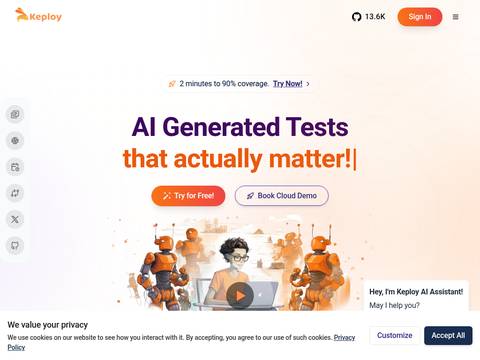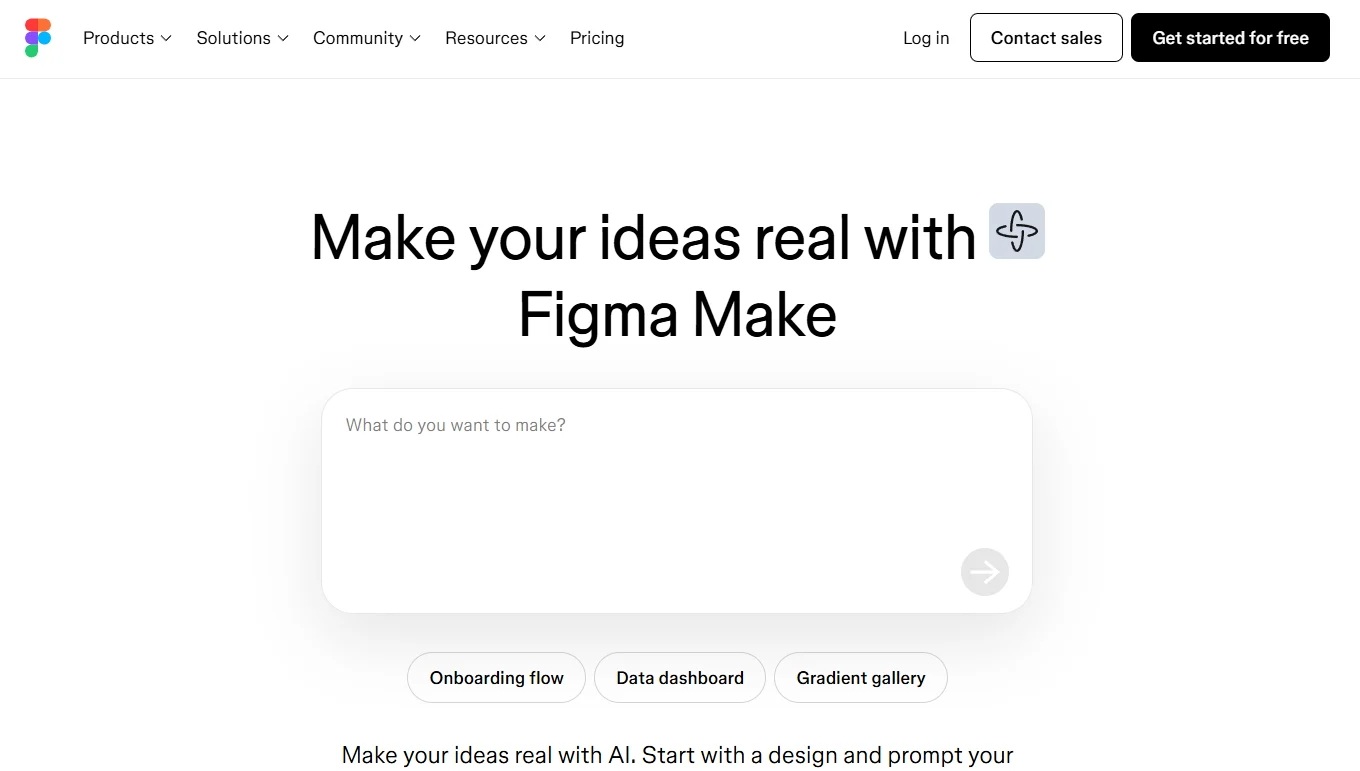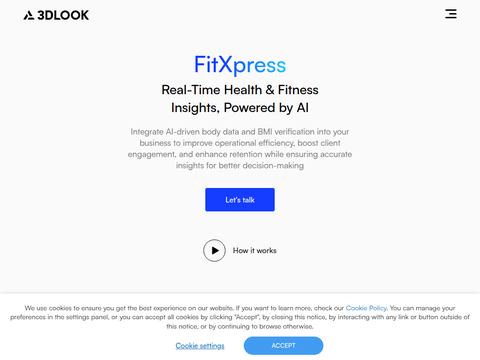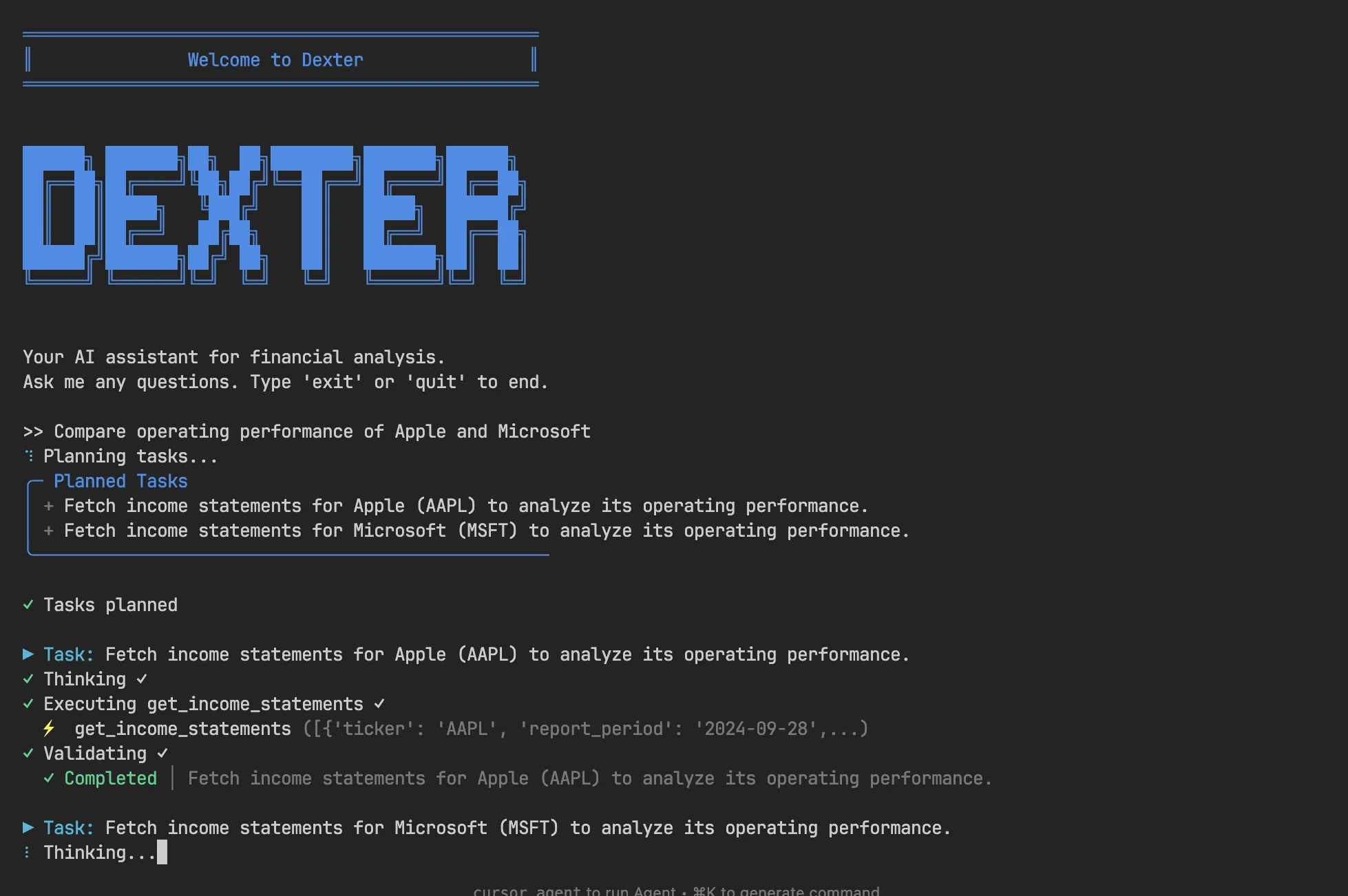SAS Says Goodbye to Generative AI, Hello to Agent AI
This year's SAS Innovate event in Orlando, Florida, showcased the evolution of artificial intelligence in the business world. Since the launch of ChatGPT’s generative AI in late 2022, both enterprises and users have often held overly optimistic expectations about its benefits and potential. "Many believe that simply adding a touch of generative AI will magically solve all problems," said Bryan Harris, CTO of SAS, during his keynote speech. "Generative AI is an incredible technology, but it has clear limitations. Serious issues arise when it is not used for the right applications and adequately controlled." He outlined the technological progression from personal computers to cloud computing, then to general AI and generative AI. The next phase involves agent AI and advanced digital twin technologies. Using Agent AI to Counter Bias in Generative AI An example highlighted some of the issues that can arise with generative AI. A recent study examined recommendations made by large language models used in loan application scenarios. Regardless of whether the model was from OpenAI, Anthropic, or Meta, biases based on demographic data were predominantly present in the outputs. "LLMs recommended more rejections and higher interest rates for Black applicants compared to White applicants," Harris said. "Using LLMs alone is insufficient for most enterprise use cases. They require more robust processes, governance, and ethics." He cited analyst data showing the shift from generative AI to agent AI is underway. By 2030, the annual value of agent AI will reach $70 billion, with 52% of businesses already implementing it, noted Harris. When used alone, generative AI involves humans asking questions and AI providing decisions or answers. Agent AI, however, combines elements where humans are out of the loop (i.e., AI acts on behalf of humans) and in the loop (i.e., human intervention when necessary). "Agent AI works in both aspects," Harris said. "AI compiles a summary for human review." He announced that the SAS Viya platform incorporates agent AI. It offers a low-code/no-code approach to building agent AI workflows to address complex business challenges. Returning to the bias issue in loan applications using generative AI: the agent AI within SAS Viya adds the necessary governance and accountability to each decision to eliminate bias. The origin of every decision can be presented to justify the correctness of outcomes. All inputs, model steps, scores, and final decisions are available to ensure accuracy. Digital Twin Simulates AI Outcomes Harris then introduced the concept of digital twins; essentially, it's a method to create digital versions of the physical world – this can include engine operations, entire factory operations, or grid management. The idea is to replicate all domains and display their operations in real time. Once completed, hypothetical scenarios can be simulated. Instead of piloting or validating things in a physical environment, which might lead to issues or even damage, the impact of changes, innovations, or new processes can be demonstrated in a digital twin before implementation. "Every business needs to define the type of digital twin they need and its components," Harris said. "Digital twins enable complex systems to be observed, understood, and simulated." SAS is collaborating with Epic Games to create more realistic and actionable digital twins. Epic Games developed the Unreal Engine, which, besides being widely used in video games, is also employed in automotive, film, television, architecture, and other fields to create 3D simulations that mirror the real world. Companies like Georgia-Pacific are piloting the SAS-Epic approach in one of their warehouses to determine the optimal number and configuration of autonomous guided vehicles. "Each subset of AI is driving intelligent decision-making," Harris said. "Good decisions enable you to compete and win. SAS provides you with a decision advantage."








